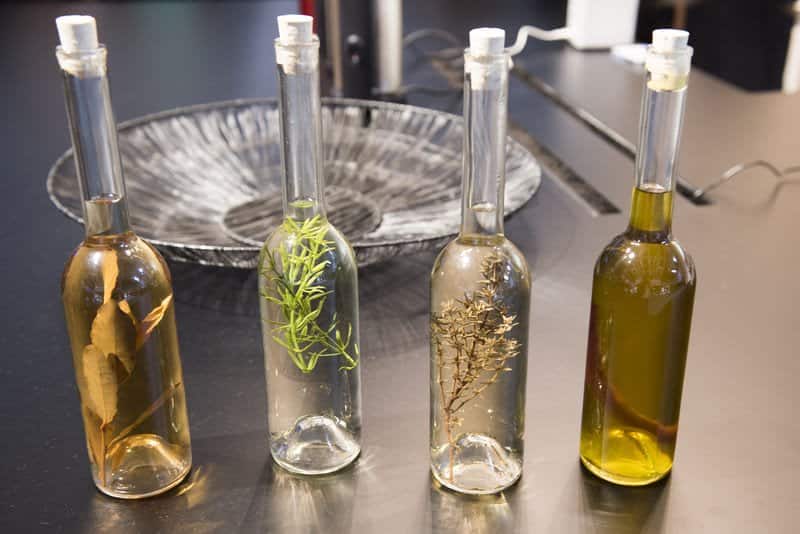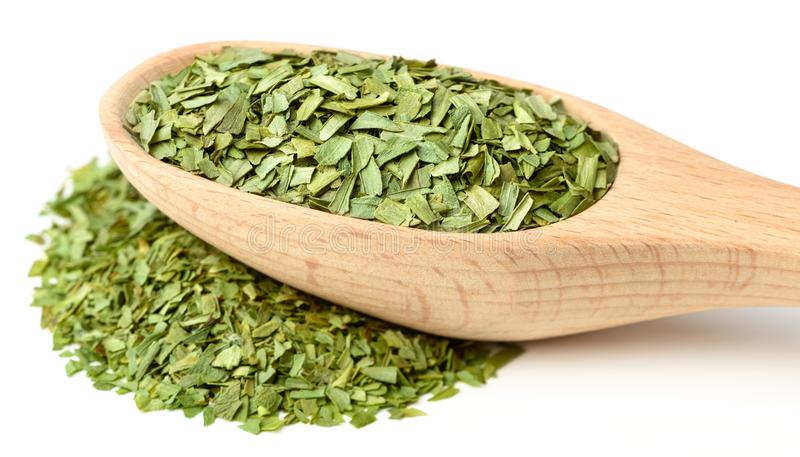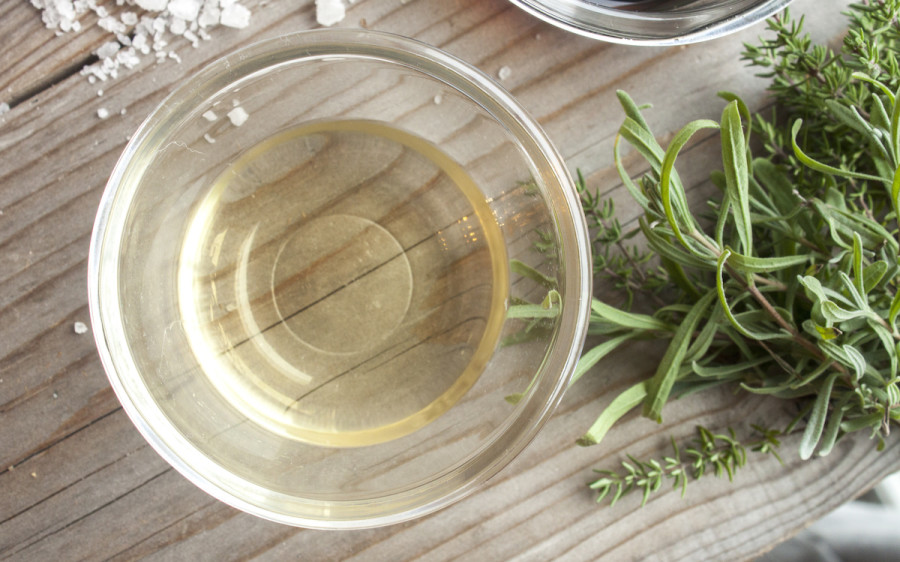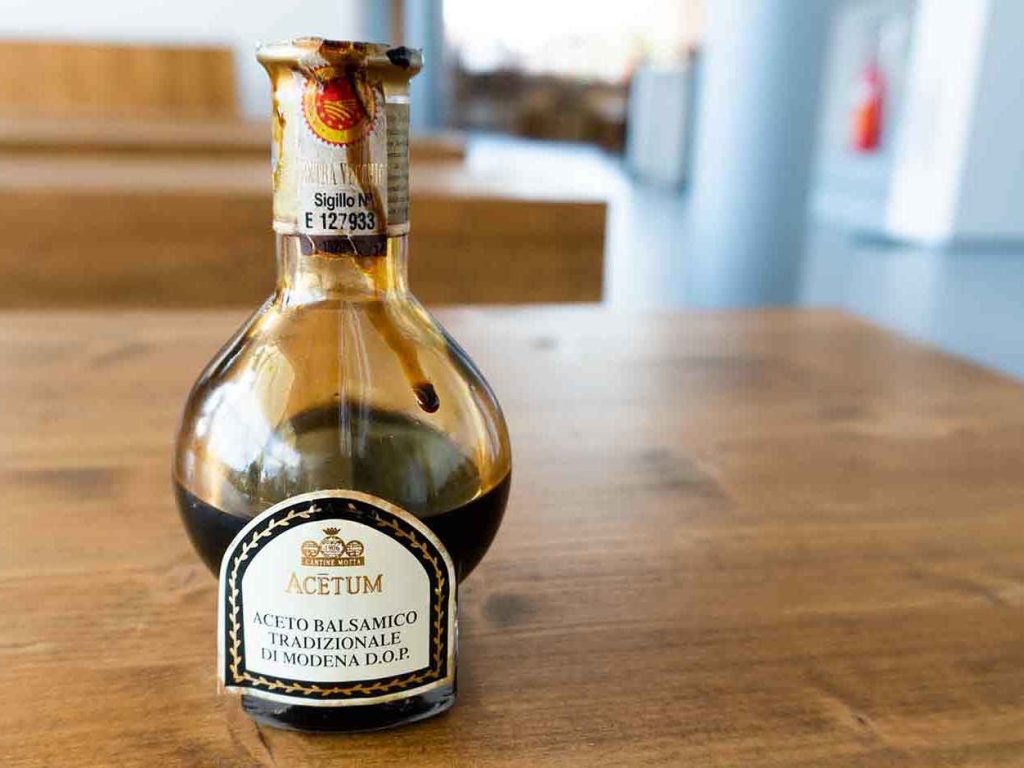Tarragon vinegar's substitutes

Tarragon vinegar is essentially homemade vinegar infused with powdered tarragon herbs. It’s used in French cooking, particularly for producing bearnaise sauce for savory meats and vegetables. Aside from flavoring the vinegar, the leaves are tasty and go great with salads and other foods.
I know tarragon vinegar is unmatched in flavor and kick, but you can always use fresh or dried tarragon leaves if you can’t find it. You may also use Substitutes, including dried tarragon leaves, champagne vinegar, white wine vinegar, fruit vinegar, malt vinegar, balsamic vinegar, apple cider vinegar, rice vinegar.
Tarragon Vinegar Substitutes
1. Dried Tarragon Leaves

If you run out of tarragon vinegar, you may easily replace it with dried tarragon leaves. Combine a spoonful of dried tarragon buddies and a couple of sliced shallots with some basic white vinegar.
If you don’t have dried tarragons, use freshly chopped tarragon leaves instead. It still works great and has the same flavor as before. Tarragon leaves are widely accessible at supermarkets around you, and it’s also a plus if you have a herb plant that you can pick anytime you run out.
2. Champagne Vinegar
Most champagne vinegar is derived from pinot noir or chardonnay grapes. This vinegar has a specific base that contains bacteria or the mother, similar to how kombucha is formed. The vinegar is next fermented and allowed to mature to attract acetic acid.
Champagne vinegar, unlike other wine vinegar, is lighter and easier to consume. Because it’s tasty, light, and not overpowering, it’s an excellent alternative for tarragon vinegar. A tablespoon of champagne vinegar can be used in place of a tablespoon of tarragon vinegar. It may be used to make tomato sauces or a coating for roasted meats or vegetables.
3. White Wine Vinegar

It’s a vinegar created from any white wine. Any white wine, including champagne vinegar, would fall under this group. Aside from that, you may make Riesling, Moscato, pinot grigio, and various other wines. You will never run out of options, and the majority of them are all excellent—experiment with being impulsive and moving beyond one’s comfort zone.
A tablespoon of white wine vinegar can be used in place of one tablespoon of tarragon vinegar. When marinating any fish, it combines wonderfully and removes all of the fishy odor from its flesh. You may also use it for cooking meats and veggies.
4. Fruit Vinegar
Fruit vinegar is perfect for one’s health since it lowers the danger of developing excessive cholesterol levels and possibly heart disease. Most fruits are naturally healthful and low in sugar, and when combined with fruit vinegar,
Several flavors to pick from, including plum, blueberry, pear, raspberry, and even tomato vinegar. It’s ideal for preparing salad dressings and marinades for meat, and it might turn sour with a trace of sweetness. One to two teaspoons can be used in place of one tablespoon of tarragon vinegar.
5. Malt Vinegar

Malt vinegar is prepared from dried barley grains that have been germinated. The grains are then malted, which results in the production of maltose. These maltose are then brewed and made into ale, which fermentation until it turns a light brown hue. This hue thus indicates that it is already ready to be used as vinegar.
Brown malt vinegar is softer and sweeter than tarragon vinegar. The scent is pretty strong compared to other vinegar, so this is for you if you’re not sensitive to smell. A tablespoon of tarragon vinegar can be replaced with two teaspoons of malt vinegar.
6. Rice Vinegar
Rice vinegar is fairly widespread and commonly utilized in most Asian cuisines. There is such a wide variety of rice grown throughout Asia, and they produce a wide range of rice-derived items. Rice vinegar is also somewhat sweet and not very sour.
This vinegar is ideal for preparing dips like the sumptuous sushis in Japan and seasoning for vegetables and meat meals. It’s the ideal combination of sweet and acidic flavors. A tablespoon of tarragon vinegar can be replaced with two teaspoons of rice vinegar.
7. Balsamic Vinegar

Balsamic vinegar, also known as Aceto balsamico, originates in Italy. However, unlike other vinegar, balsamic is quite concentrated and thick, and the flavor is also quite robust and delicious. Consider using a little bit of it before it becomes too much.
A teaspoon of balsamic vinegar can be used in place of one tablespoon of tarragon vinegar. It’s ideal for salad dressings made with olive oil, salt, and pepper, and it’s also delicious with cheese and mayonnaise.
8. Apple Cider Vinegar
Apple cider vinegar is, so far, the most well-known and widely used fruit vinegar. It’s also the healthiest, especially if you get the “mother” variety. It’s well-known for assisting with weight loss and even lowering the danger of developing high cholesterol levels. It’s prepared from apples and fermented until it generates acetic acid, at which point it’s turned into vinegar.
Apple cider is quite versatile and may be used for various purposes, and it may perform well in salad dressings, spices, and marinades. Because apple cider may be rather powerful, a teaspoon of it can be used in place of a tablespoon of tarragon vinegar.
Key Takeaway
Vinegar, in general, is relatively simple to substitute because there are several alternatives accessible. If you run out of tarragon, don’t worry; you can substitute any vinegar.
Because of their sour flavor, all vinegar is the same, and however, the only difference is in the flavor, color, and scent. It all depends on your preferences, and these things will indeed work out well.











